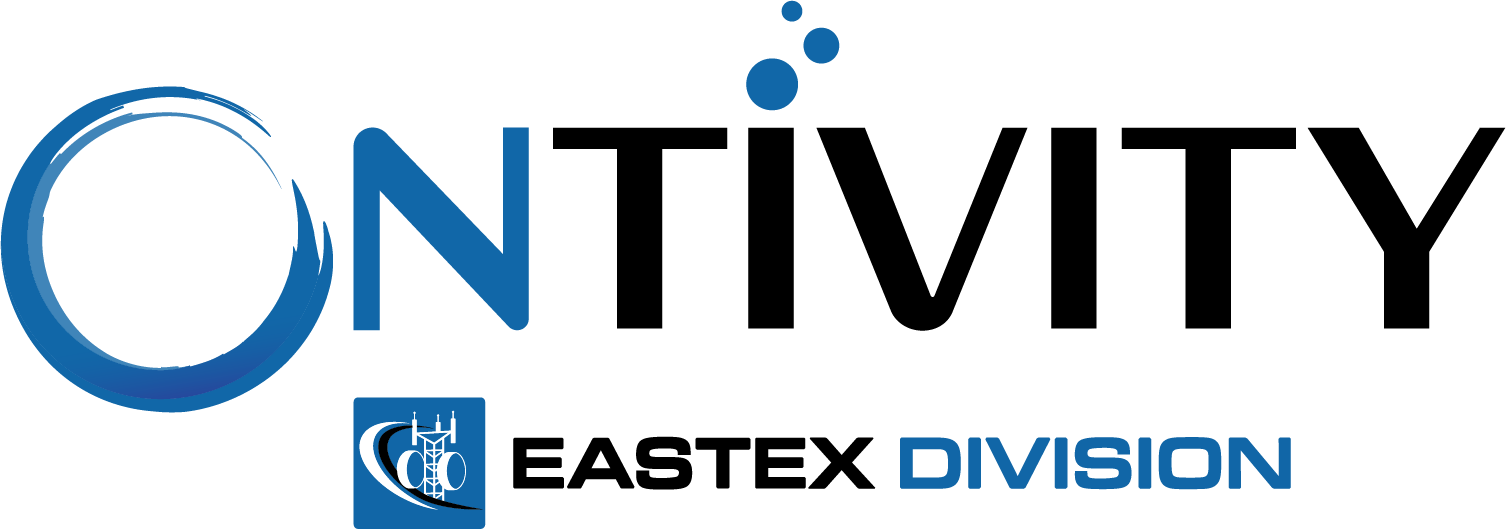BY J. SHARPE SMITH, Senior Editor, AGL eDigest
AT&T quietly announced its agreement to acquire FiberTower, and its millimeter wave spectrum rights, this week within a blog post on the deployment of small cells using centralized RAN (C-RAN) architecture, initially in the city of San Francisco.
FiberTower, a private company that spent two years in bankruptcy from 2012-2014, provides backhaul to carriers and public safety agencies, using 24 GHz and 39 GHz spectrum and technology, which can offer over 200 high capacity links per square kilometer. The company also leases spectrum in the 24 GHz and 39 GHz for backhaul use by public safety, government and private industry networks, schools and libraries.
“While this brings some fiber to towers (note: more than 90 percent of AT&T’s towers are already fiber fed), we believe the main rationale for this move for AT&T was centered around millimeter spectrum. FiberTower brings with it 24 GHz and 39 GHZ spectrum,” Jennifer Fritzsche, Wells Fargo senior analyst, wrote. “We view this as a positive strategic move for AT&T.”
AT&T’s FiberTower deal mirrors Verizon’s XO Communications acquisition, which brings with it 24 GHz and 39 GHz spectrum, in addition to fiber holdings.
“Verizon will have by far the most of this spectrum following the XO close. XO brings 188 billion MHz-POPs of this high band spectrum (over 23x what FiberTower brings),” Fritzsche wrote.
More 5G Spectrum Heading to the Market
Straight Path Spectrum, which owns licenses the 28 GHz (27.5 – 28.35 GHz) and 39 GHz (38.6 – 40 GHz), is also going to be part of the 5G spectrum market.
The company got in trouble with the FCC for not fully building out its network and providing substantial service. To settle the investigation, the Commission fined the Straight Path $100 million, but stated that it will drop that fine to $15 million if Straight Path agreed to return some licenses (93 of its 828 39-GHz spectrum licenses) to the FCC and sell the entirety of the license portfolio in arms-length transactions.
Post-settlement, Straight Path Communications said it holds an average of 620 MHz in the top 30 U.S. markets, including 175 billion MHz-PoPs in 39 GHz spectrum and 39 billion MHz-PoPs in the 28 GHz.
In a prepared statement, Straight Path Communications CEO Davidi Jonas commented on the FCC settlement: “We are pleased that we were able to achieve a comprehensive settlement with the FCC, which allows us to move forward as the largest holder of 39 GHz spectrum, with about 95 percent of the total licenses commercially available at this time, as well as a significant holder of 28 GHz in major markets, including New York and San Francisco.”
The company is proceeding with its plan to market its spectrum assets; it is required to pay the FCC 20 percent of the value received from the sale.
“Straight Path Communications’ spectrum is part of the bedrock for 5G and will play an important role in the development of this next-generation ecosystem, underscored by activities already underway by leading wireless carriers and equipment manufacturers in the United States,” he added. “With this settlement, we have cleared the way for a review of strategic alternatives to maximize shareholder value. To represent us in our endeavors, we have retained Evercore, a premier independent investment banking advisory firm.”
